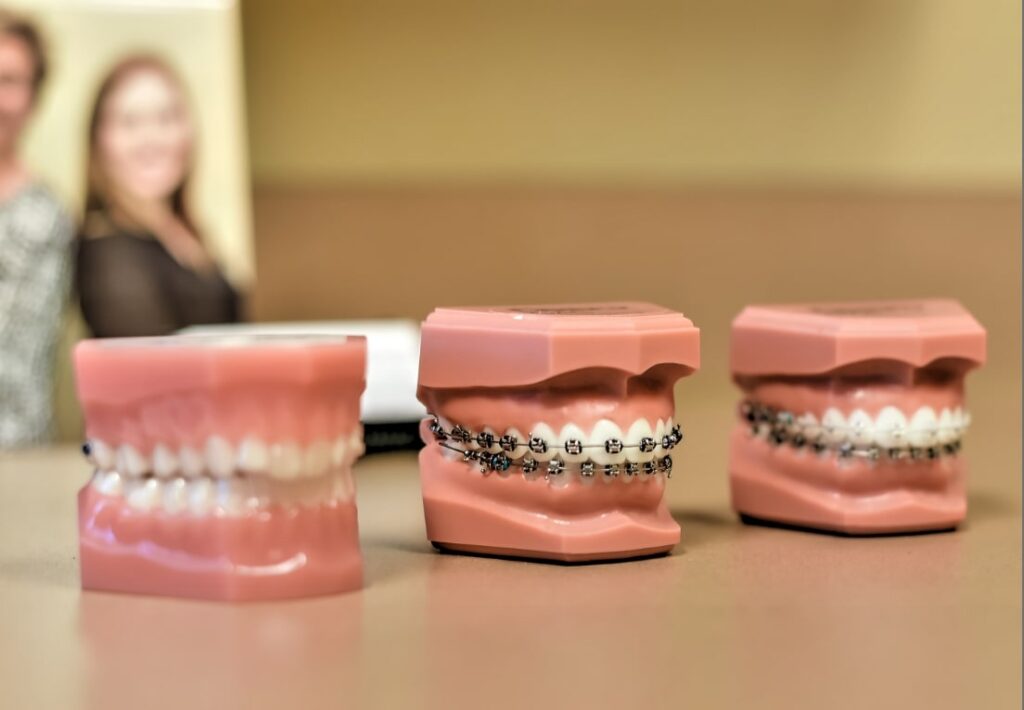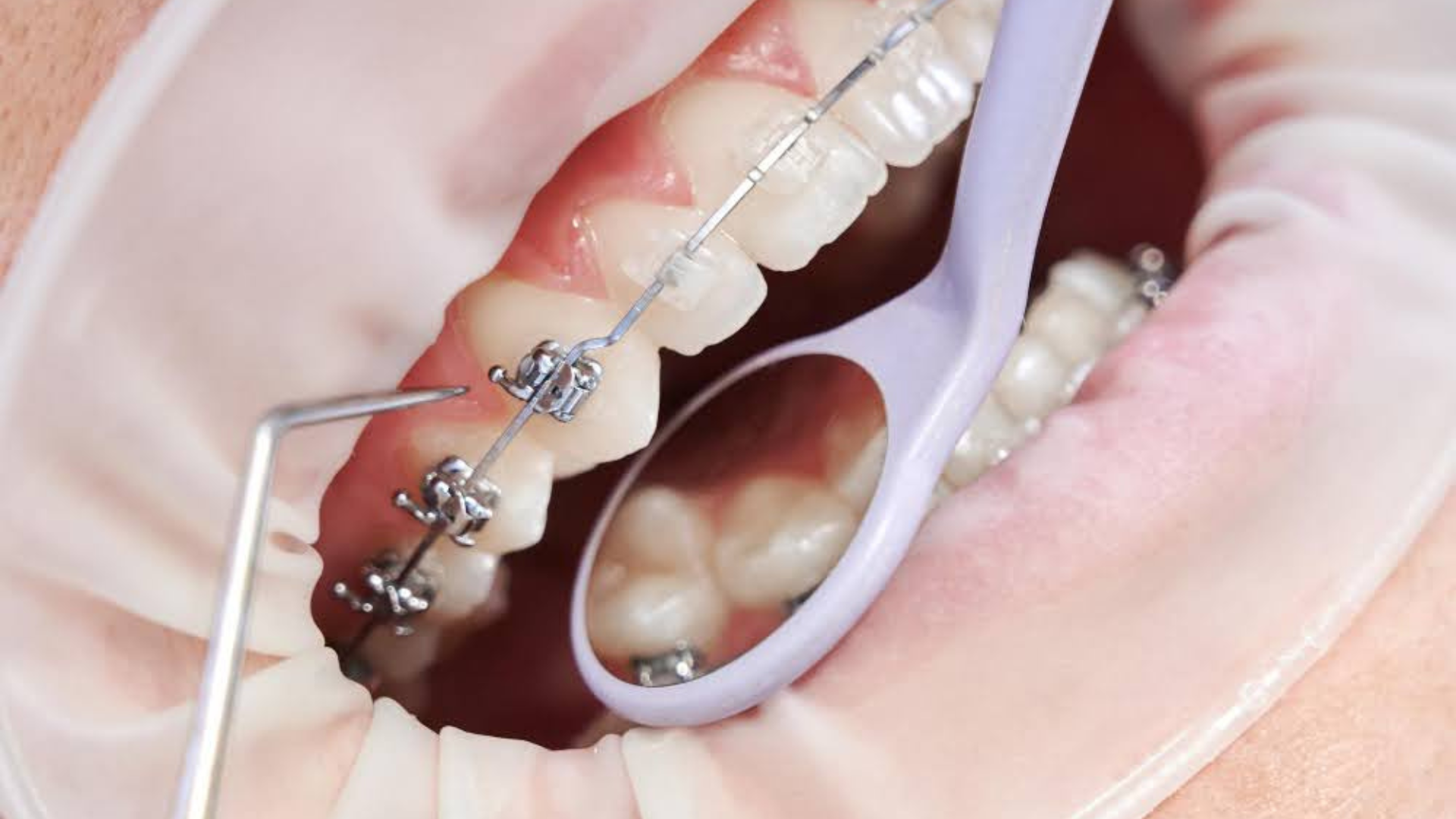Comprehensive Guide to Orthodontics Procedures for Dealing With Oral Misalignments
Recognizing the ins and outs of each procedure, including their mechanisms, benefits, and potential disadvantages, is vital in making informed choices concerning one's orthodontic treatment. As we navigate via the detailed guide to orthodontic treatments for remedying dental imbalances, the complex details of each technique will certainly unravel, shedding light on the course toward a unified and useful dental alignment.
Orthodontic Procedures Review

Along with clear aligners and traditional braces, orthodontists might likewise advise other interventions like headgear, palatal expanders, or retainers to address particular placement problems (aligners). These treatments are tailored per patient's unique requirements and may entail a combination of therapies to attain the desired results. Routine changes and tracking are essential components of orthodontic therapy to make certain progress gets on track and to make any kind of essential adjustments along the road. By undergoing orthodontic treatments, people can not just achieve a straighter smile but also boost their total dental wellness and feature.
Typical Braces: Just How They Work
When taking into consideration orthodontic treatments for oral imbalances, typical braces stand out as a tried and true approach for correcting teeth positioning. Standard dental braces include brackets, wires, and bands that work with each other to apply continuous pressure on the teeth, progressively relocating them into the desired positioning. The braces are connected to the teeth using a special adhesive, and the wires are threaded with the braces. By changing the tension of the wires, orthodontists can regulate the direction and force put on each tooth, assisting them right into correct alignment with time.
As stress is used to the teeth with the braces, the bone bordering the teeth is improved to support the brand-new tooth settings. Patients will require normal modifications at the orthodontist's workplace to make certain the braces proceed to use the correct stress for reliable teeth motion.
Unseen Aligners: Cons and pros
These clear, tailor-made trays are practically invisible when put on, making them an attractive option for individuals seeking a more visually pleasing orthodontic therapy. Individuals can remove the aligners before consuming or brushing their teeth, lowering the risk of food getting stuck in the home appliance and streamlining the cleaning process.

Surgical Orthodontic Options
Surgical treatments in orthodontics existing viable choices for addressing complex dental imbalances that may not be effectively resolved through standard orthodontic treatments. While invisible aligners and standard dental braces can fix lots of orthodontic issues, specific cases need surgical treatment to attain optimal outcomes. Surgical orthodontic alternatives are generally suggested for severe malocclusions, considerable jaw discrepancies, and situations where the underlying bone structure requires alteration to achieve proper alignment.
One common surgical orthodontic treatment is orthognathic surgical treatment, which entails repositioning the jaws to fix practical issues such as problem speaking or chewing. This surgical procedure is commonly performed in cooperation with an orthodontist that helps straighten the teeth prior to and after the treatment. Surgical orthodontics may likewise include procedures to reveal impacted teeth, remove excess gum tissue, or reshape the jawbone to develop a much more harmonious facial account.
Prior to thinking about surgical orthodontic options, patients go through an extensive assessment to identify the need and potential benefits of such treatments. cumming invisalign. While surgery may appear overwhelming, it can considerably enhance both the function and looks of the smile in cases where standard orthodontic treatments fail
Retainers and Post-Treatment Treatment

Post-treatment treatment entails adhering to the orthodontist's guidelines diligently. This might consist of appropriate oral hygiene techniques, participating in follow-up appointments, and using the retainers as prescribed. Failure to adhere to post-treatment treatment guidelines can cause regression, where the teeth progressively move back in the direction of their original placements. Constant retainer wear, good oral hygiene, and routine oral examinations are necessary for preserving the outcomes achieved through orthodontic surgical treatment and making sure the long-lasting security of the fixed oral placement.
Verdict
In verdict, orthodontic procedures provide numerous choices for correcting dental misalignments. Traditional dental braces utilize metal brackets and cords to shift teeth into appropriate alignment. Invisible aligners offer a more very discreet option however might not appropriate for all instances. Surgical orthodontic alternatives are offered for a lot more extreme imbalances. Retainers are generally used post-treatment to keep the brand-new alignment. On the whole, orthodontic treatments can successfully improve dental health and wellness and aesthetic look.
As we browse through the thorough guide to orthodontic procedures for correcting oral imbalances, the detailed information of each approach will unravel, shedding light on the course toward a harmonious and functional oral positioning. - orthodontics
One of the most usual orthodontic therapies is the usage of dental braces, which consist of steel braces and cords that apply mild stress to gradually move teeth right into the desired placement.When thinking about orthodontic therapies for oral misalignments, traditional braces stand out as a reliable technique for remedying teeth placing. In addition, unseen aligners may not be appropriate for intricate orthodontic concerns that call for even more considerable teeth movement, as they are typically advised for light to modest instances. Retainers are tailor-made orthodontic gadgets designed to hold teeth in their fixed placements after the completion of orthodontic treatment.